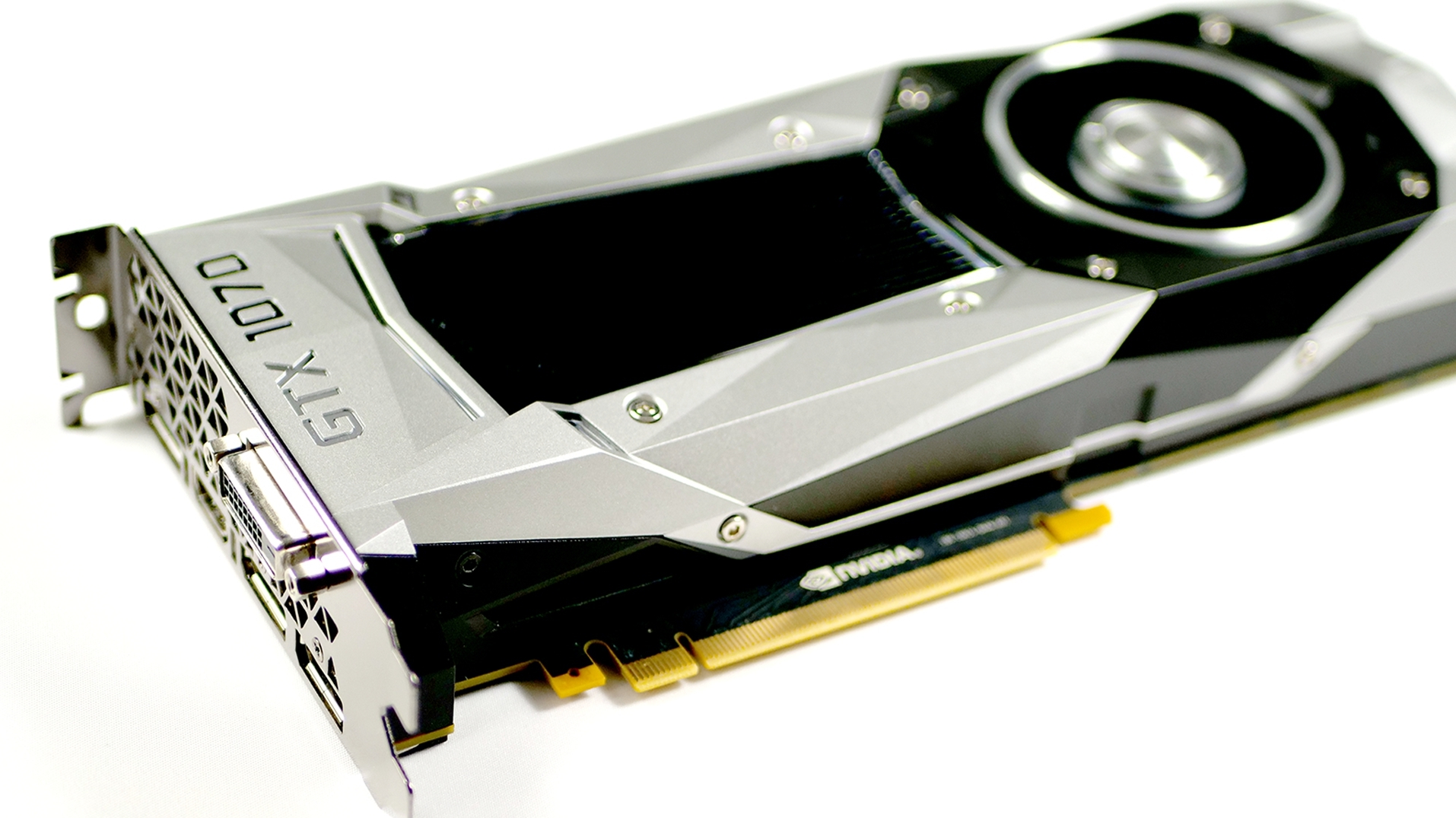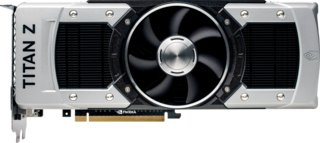
- #Nvidia gtx titan fp64 driver
- #Nvidia gtx titan fp64 software
- #Nvidia gtx titan fp64 code
- #Nvidia gtx titan fp64 windows
#Nvidia gtx titan fp64 windows
The initial CUDA SDK was made public on 15 February 2007, for Microsoft Windows and Linux.
#Nvidia gtx titan fp64 driver
ĬUDA provides both a low level API (CUDA Driver API, non single-source) and a higher level API (CUDA Runtime API, single-source). CUDA has also been used to accelerate non-graphical applications in computational biology, cryptography and other fields by an order of magnitude or more. In the computer game industry, GPUs are used for graphics rendering, and for game physics calculations (physical effects such as debris, smoke, fire, fluids) examples include PhysX and Bullet. Third party wrappers are also available for Python, Perl, Fortran, Java, Ruby, Lua, Common Lisp, Haskell, R, MATLAB, IDL, Julia, and native support in Mathematica. In addition to libraries, compiler directives, CUDA C/C++ and CUDA Fortran, the CUDA platform supports other computational interfaces, including the Khronos Group's OpenCL, Microsoft's DirectCompute, OpenGL Compute Shader and C++ AMP. Fortran programmers can use 'CUDA Fortran', compiled with the PGI CUDA Fortran compiler from The Portland Group. C/C++ programmers can use 'CUDA C/C++', compiled to PTX with nvcc, Nvidia's LLVM-based C/C++ compiler, or by clang itself.
#Nvidia gtx titan fp64 software
The CUDA platform is accessible to software developers through CUDA-accelerated libraries, compiler directives such as OpenACC, and extensions to industry-standard programming languages including C, C++ and Fortran. Copy the resulting data from GPU memory to main memory.GPU's CUDA cores execute the kernel in parallel.

Copy data from main memory to GPU memory.When it was first introduced, the name was an acronym for Compute Unified Device Architecture, but Nvidia later dropped the common use of the acronym.
#Nvidia gtx titan fp64 code
CUDA-powered GPUs also support programming frameworks such as OpenMP, OpenACC and OpenCL and HIP by compiling such code to CUDA.ĬUDA was created by Nvidia. This accessibility makes it easier for specialists in parallel programming to use GPU resources, in contrast to prior APIs like Direct3D and OpenGL, which required advanced skills in graphics programming. ĬUDA is designed to work with programming languages such as C, C++, and Fortran. CUDA is a software layer that gives direct access to the GPU's virtual instruction set and parallel computational elements, for the execution of compute kernels. I use Blender Cycles a non hybrid renderer so I need all the vram I can lay my hands on.CUDA (or Compute Unified Device Architecture) is a parallel computing platform and application programming interface (API) that allows software to use certain types of graphics processing units (GPUs) for general purpose processing, an approach called general-purpose computing on GPUs ( GPGPU). The problem in this way of letting the GPU help you render is that if CPU and GPU aren't "eqivalent" in power one of them needs to wait for the other to be ready with calculation to bring "that stuff calculated together". The benefit here is that the GPU don't do material calculation stuff and don't need to load all the textures in the (limited) GPU-RAM. So the GPU does one part of the rendering process and the CPU another! "Indigo is capable of Hybrid GPU + CPU rendering.

Hybrid Renders will use your Cpus as well but I do not know if they will use system ram too. I still like that 12 gig of Vram for the Titan X for rendering GPU scenes since your are limited to the amount of vram on your card for rendering scenes. The amount of cuda cores is important but the power of cuda cores is very, very important. Theoretically, this could blow past supporting 4K resolutions and power surround 4K (that’s 3 screens each running at 4K).

And DirectX 12 may hold some secret sauceallowing users and developers to utilize combined Video RAM in a way - namely, 2圆GB actually becomes a usable 12GB. I’m going with the dual-GPU option, but with Maxwell at its core we can expect significant gains in performance and power efficiency. Is it technically a dual-GPU like the Titan Z? Or is this a true, fully usable 12GB of VRAM? Nvidia isn’t talking until GTC which kicks off in a couple weeks. “It’s the most advanced GPU the world has ever seen,” Huang said, and proceeded to hand Sweeney what is allegedly the company’s first production unit.Īll we know at this point? It’s based on Nvidia’s Maxwell architecture, has a 12GB framebuffer, 8 billion transistors, and took “thousands of engineer-years to build.” We also know that it’s apparently well beyond a concept, as Huang says it “will power GDC 2015,” meaning that multiple VR demos, at the very least, are being driven by the Titan X.

After a few moments of silence, Nvidia CEO Jen-Hsun Huang walked out saying “I have one.” Ever the showman… “Does anyone have any ideas how we can do this?” he asked the audience. Epic head Tim Sweeney explained to the attendees that this new VR experience was so powerful it required a new graphics solution.


 0 kommentar(er)
0 kommentar(er)
